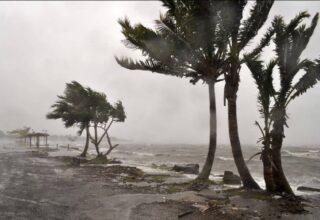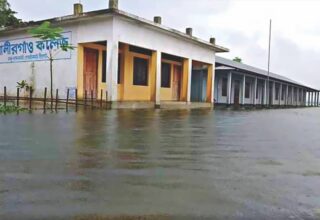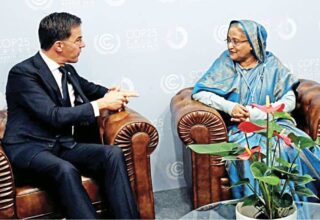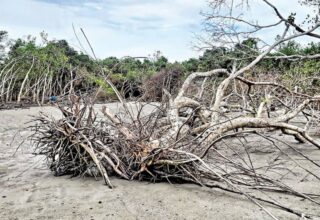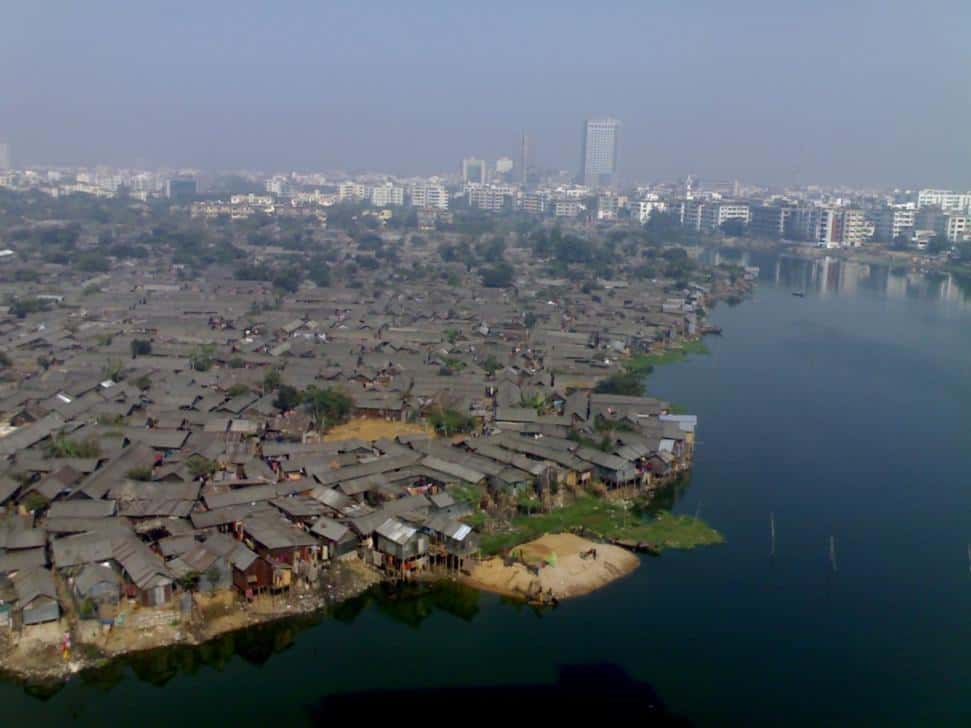
The issue of adaptation to climate change is still subject to controversy as it is difficult to measure accurately what is adaptation to climate change and how it is different from normal development.
The science of adaptation has identified three phases of adaptation to climate change. The first phase is to assess possible future adverse impacts of climate change and see if we are doing things that are making us more vulnerable to those impacts. If so, then we need to stop making ourselves more vulnerable. A good example is building houses on floodplains.
The second phase, which we are now in, is to examine all major new investments in long-term infrastructure, such as bridges, roads, airports and harbours, to see if they will be resilient under future climate change. This is now being done for all major infrastructure investments in Bangladesh and around the world.
The third phase of adaptation is called transformational adaptation which is still somewhat theoretical and does not have any good examples yet. It is not just about managing the risk of climate change impacts but becoming better off as a result of the adaptation measures.
Bangladesh can become climate change resilient by 2030 by adopting transformational adaptation over the next decade.
I will draw on some lessons we have already learned about making adaptation to climate change more effective and transitioning to achieve truly transformational adaptation.
The first lesson is that it will take time on the scale of a decade or more to achieve truly transformational adaptation. Hence the use of short- to medium-term project-based investments will not be fit for purpose. This is a major problem with global funding such as the Green Climate Fund (GCF) which can only fund projects. They need to move to longer term programmatic national funding if they wish to support transformational adaptation to climate change.
The second lesson is regarding the involvement of all relevant stakeholders both within government and outside government, particularly the private sector. This means going beyond just a whole-of-government approach to a whole-of-society approach. Any change that is going to be truly transformational will need to include all relevant stakeholders in each country.
The third and final important lesson is that the scale of transformation needs to be nationwide and not just within a small region or sector only. Hence countries need to be thinking and planning to achieve transformational adaptation at a national scale and not just at sectoral levels only. A recent meeting of the ministers of Least Developed Countries (LDCs) held in Addis Ababa, Ethiopia made an important decision to try to graduate out of LDC status through achieving transformational adaptation to climate change and achieving climate resilience.
In the context of Bangladesh, 2019 will see a very important revision of the Bangladesh Climate Change Strategy and Action Plan (BCCSAP) which will now be extended to 2030 and will emphasise the need to mainstream climate change in to all national planning. It will include an important goal for Bangladesh to achieve transformational adaptation to make it into a climate resilient country. This will be achieved by a whole-of-society approach linking climate change adaptation with the SDGs as well as with the Delta Plan and the 8th, and 9th Five Year Plans of the country.
Let me end with an example of what one aspect of transformational adaptation might look like. In order to anticipate and prepare for the inevitable displacement of millions of citizens in the low-lying coastal districts, we will need to invest in a dozen towns away from the coast to make them both climate resilient and migrant-friendly towns that are able to absorb up to a million migrants each so that young girls and boys from coastal areas can be educated and skilled up to get better paying jobs in towns rather than becoming farmers and fishers like their parents. This strategy will also relieve the pressure on Dhaka which would not be able to absorb another 10 million climate migrants over the next decade. It also speaks to the most important part of making Bangladesh an example of transformational adaptation, namely building the adaptive capacity of all our young and future citizens.
Bangladesh can thus change its narrative in 2019, from being one of the most vulnerable countries to climate change impacts to one of the most resilient through achieving transformational adaptation.
Originally this article was published on January 02, 2019 at Daily Star. The author Dr. Saleemul Huq is the director of the International Centre for Climate Change and Development (ICCCAD) at the Independent University, Bangladesh (IUB).
Email: saleemul.huq@icccad.net

